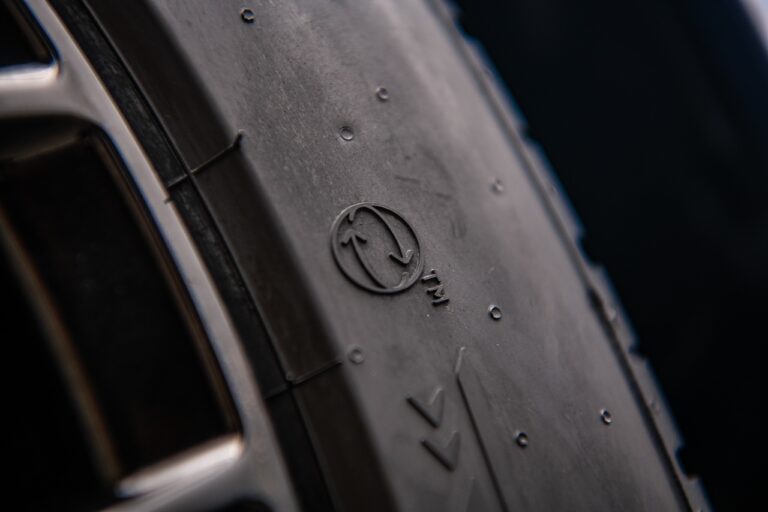Pirelli has made it easier for consumers to identify more sustainable tires. The Italian tire manufacturer has created a bespoke logo for its tires that contain at least 50% materials of bio-based and recycled origin. The new marking features two arrows in a circle and will be adopted on new products.
The latest marking was used for the first time on the P Zero E. This tire contains more than 55% materials of bio-based and recycled origin, as certified by Bureau Veritas. Pirelli says that third-party verification of eco-compatible materials will continue to be standard across all future products that adopt the new logo.
“For several years, Pirelli has consistently reduced its environmental impact, a policy confirmed by all the main sustainability indices, which have recognized our commitment and transparency both in terms of results and ethos,” said Giovanni Tronchetti Provera, head of sustainability and future mobility at Pirelli. “For this reason, for example, we indicate the percentage of sustainable materials by saying ‘at least’ rather than ‘up to’. We will now continue down this road, which our car manufacturer partners also recognize and appreciate.”
Pirelli’s path toward reduced environmental impact includes the increasing use of sustainable materials. Its initial objective, originally set for 2025, has already been achieved thanks to P Zero E. The next step, set for selected product lines by 2030, envisages the use of at least 60% materials of bio-based origin and 12% recycled, with less than 30% of fossil-derived ingredients.
The main challenge in developing the new P Zero E was to combine the need for sustainability with the high performance required from a UHP tire. Pirelli says this objective was reached thanks to new materials. These include lignin, which comes from the scrap of the pulp and paper industry, rice husk ash silica from scrap rice cultivation and circular carbon black. Bio-circular polymers derived from used cooking oil and tire pyrolysis oil have also been used, as have bio-resins, rayon and, of course, natural rubber.
These innovations have set in motion a path at a quantitative level, thanks to increasingly higher percentages of sustainable materials, and also a qualitative level, through the certification of supply chains to internationally accredited standards.
For more on sustainability, please click here.



